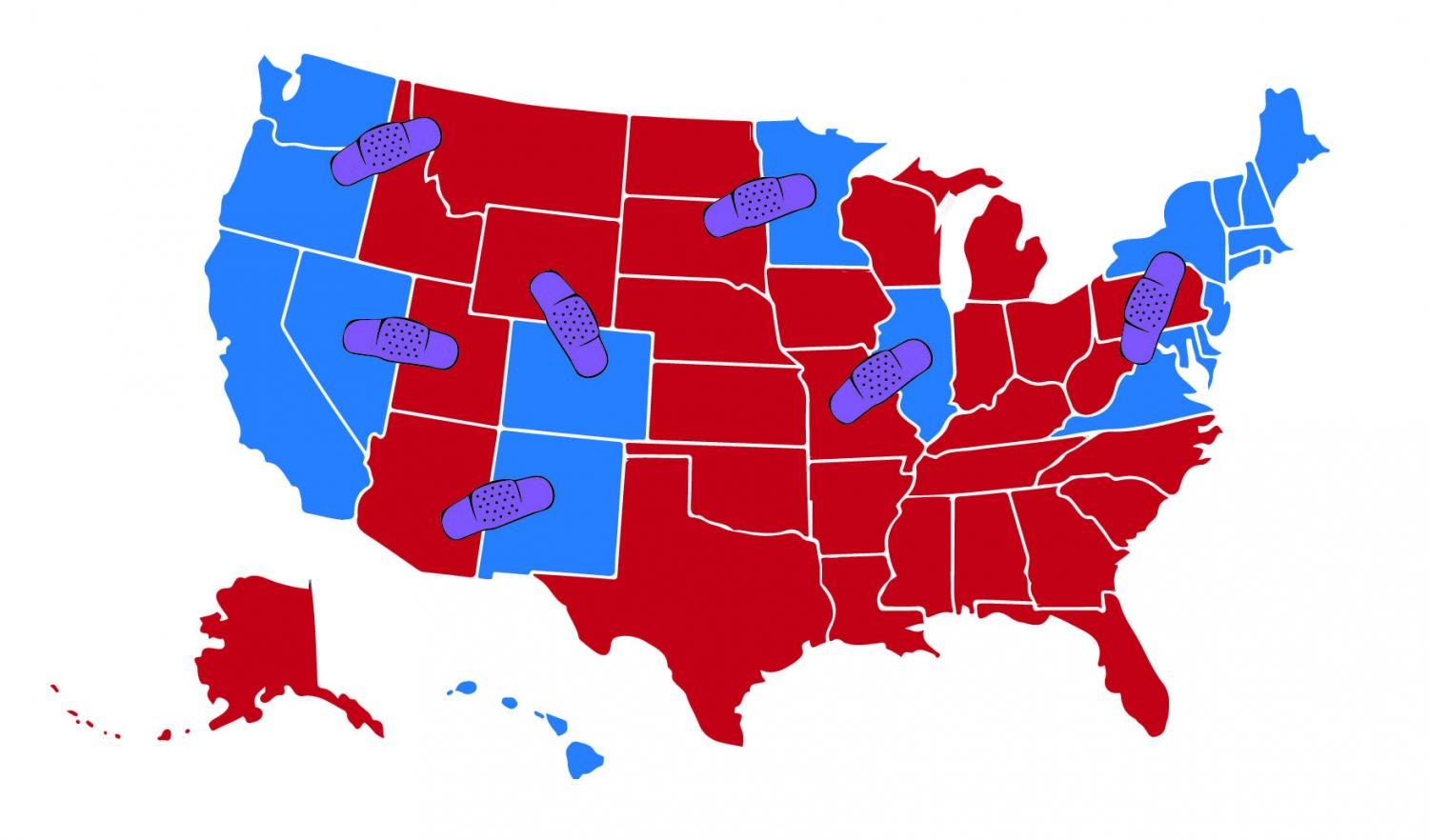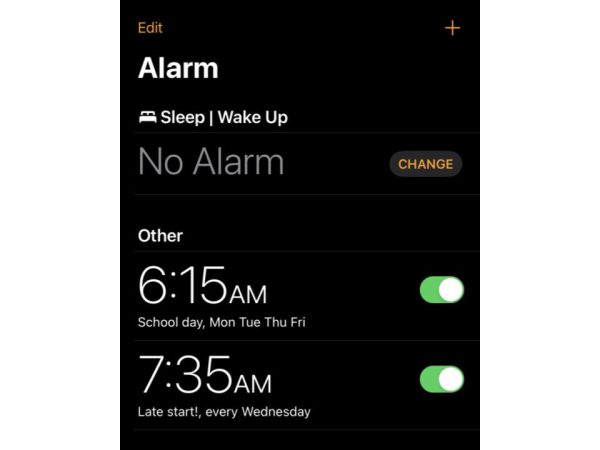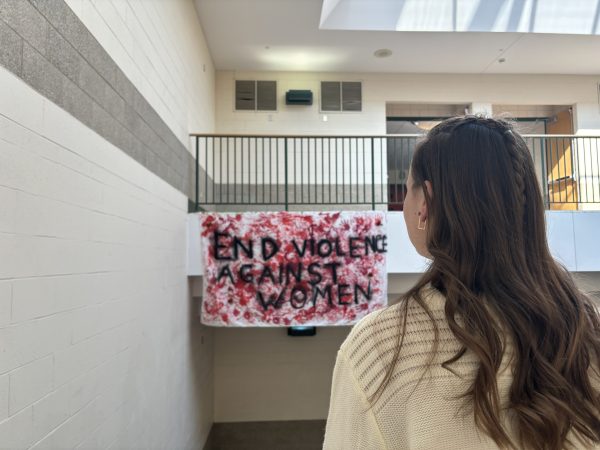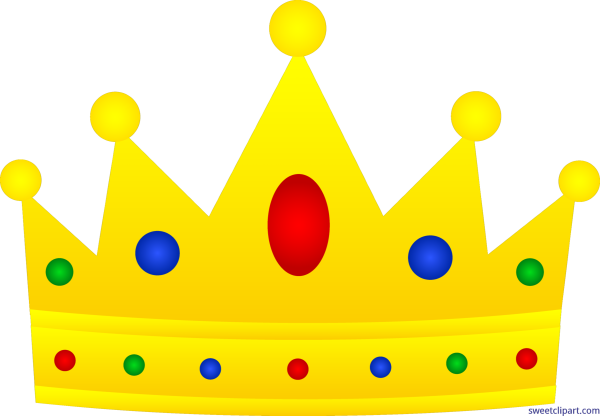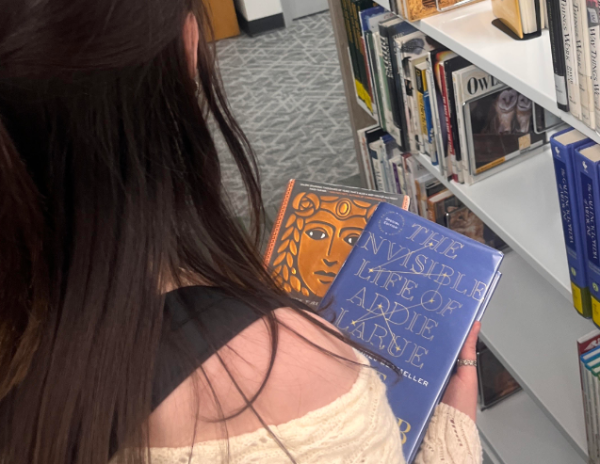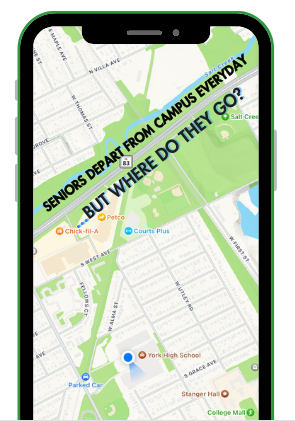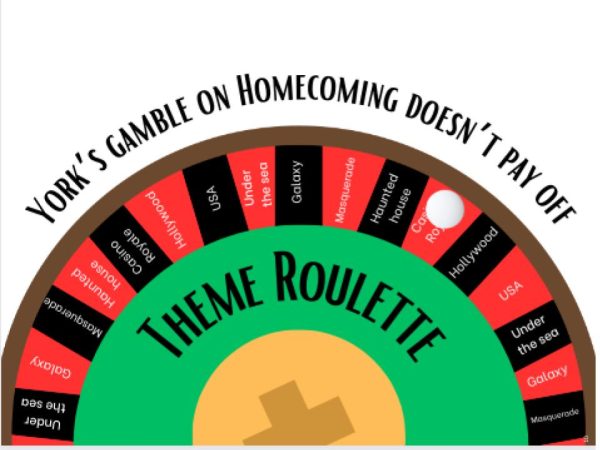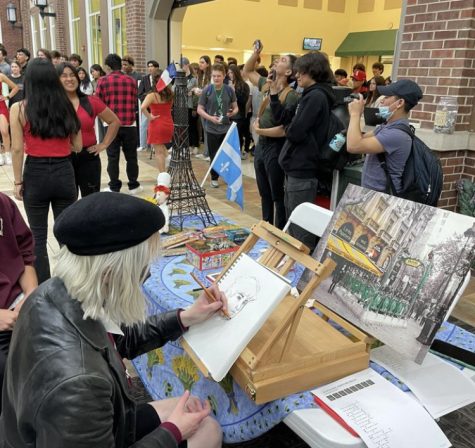EDITORIAL: It’s time to patch up our divided nation
Though bureaucratic disagreement has peaked recently, there is one thing both sides can agree on: this year has been incredibly polarizing. Since the moment the 2016 presidential candidates were announced, liberals and conservatives alike have begun to close themselves off to conversations with the other party.
According to a study from the PEW Research Center, Democrats and Republicans are more ideologically divided than ever before. Since 1994, the two parties have begun to have fewer ideas in common, some common disagreements including conservatives typically having a pro-life stance and strong support for the second amendment, whereas liberals are usually pro-choice and support gun control.
The basis of this disunion is rooted in each political party, but differing opinions are why we have multiple political parties and a functioning democracy. However, the problem begins when each party is unable to get past these divisions and have a conversation. In another study, PEW Research Center examined the amount of fear and anger towards one’s opposite party. The results showed that 46 percent of Republicans say the Democratic Party makes them feel angry and 47 percent of Democrats say the same about Republicans. Many “highly engaged Republicans and Democrats” agreed they were afraid of the other party—Republicans at 62 percent and Democrats at 70 percent.
Some division is more deeply rooted than abortion and gun control issues. In 2012, an African-American teenager, was shot to death by a neighborhood watch volunteer. Though never legally proven to be strictly a racial hate crime, this event led many Americans to believe that despite how far we have come, racism is still an issue in the United States. This event sparked the Black Lives Matter movement. According to the BLM website, the movement is “rooted in the experiences of Black people in this country who actively resist our dehumanization.”
The Washington Post, wrote that “White people make up roughly 62 percent of the U.S. population but there is only about 49 percent of those who are killed by police officers. African Americans, however, account for 24 percent of those fatally shot and killed by the police despite being just 13 percent of the U.S. population.” Because of the disproportionate number of Black lives lost every year to violent crime in our country, supporters aim to spread awareness and to increase support for Black life.
Despite the validity of their argument, critics often claim BLM is anti-police and anti-white. Similarly, many will cite that more Black people are killed is because they live in poor communities and often are the ones killing each other. According to the Chicago Police Dept., “75 percent of murdered are Black, and 71 percent of murderers are Black.” For some, many of these statistics reduce legitimacy of the BLM movement because it shows a trend of violence in Black communities.
The majority of both sides have opinions rooted in facts. It is true that more Black people are being targeted based on their population size, but it is also true that Black neighborhoods often experience more violence. Both sides bring valid arguments to the table. It is wrong to accuse one side of being overly violent or the other as blatantly racist. Both sides believe their facts are the truth, so in order to understand each other, it is imperative we aim to further comprehend where the core of each argument stems from.
In order to understand this issue, conservatives and liberals need to work together to educate themselves and to better understand the real fears facing Americans on both sides of the issue. This could begin with our politicians having more proactive, constructive conversations and leading by example, rather than holding steadfast to party lines and bickering like children.
Fear and hatred will not end overnight. With these emotions so deeply intertwined in our country’s history, it is impossible to hope that one morning, we will all wake up and division, fear, and hatred amongst those who are different than us will disappear; we can’t expect someone to easily agree with us if they have deep-rooted opposing beliefs. We can only begin to understand where others are coming from if we open up to having a conversation with them. No matter what, we can’t simply ignore it. It is for this reason that a conversation must be started today. The division that is seen today is also caused by an unwillingness to converse with the other side and not talking through the issue with the opposition will only make it worse.
The first step to solving any problem, political or not, is admitting that the problem exists. No person, liberal or conservative, can deny that our country is divided. Today, it is hard to find anyone who is willing or able to maintain a civil debate with someone who has strongly opposing views. Often the real issue at hand is that people are blind to the fact that their viewpoints could be flawed. Instead of closing our minds off to the other side because we disagree with their opinion—even if the disagreement is on a deeper, moral-based level—we all have to try to listen to each other.
In his book “The 7 Habits of Highly Effective People”, American author Stephen R. Covey wrote, “Most people do not listen with the intent to understand; they listen with the intent to reply.” When talking with someone with opposing views, listen to why they believe what they believe instead of challenging them and preparing for a quick rebuttal; try to understand what their opinions are rooted in, and perhaps then we will be able to progress.
Furthermore, when having a conversation with someone who maintains differing views, respond graciously. Verbally attacking the person you’re trying to convince will not help matters. In an English class, if someone disagrees with your thesis, do you question their intelligence or personal worth? No; so treat political discussion the same way. In addition to being a good listener, we all have to accurately advocate for what we believe in. To effectively inform others of your views, you need to be educated in your beliefs. Look at news from both ends of the political spectrum–liberal and conservative–in order to form your own, unbiased opinion.
In her poem “Human Family”, author Maya Angelou said it best: “I note the obvious differences between each sort and type, but we are more alike, my friends, than we are unalike.” Our nation has been deeply wounded by divisions that have come to surface as of late; it’s about time we take the steps to heal.
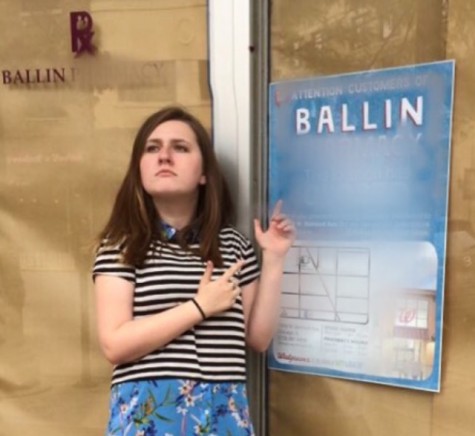
Ella Lee is a senior at York and she is excited to be on the York-hi staff for her second year. In the future, she aspires to study abroad and explore...

Kylie Travers is a senior at York. This year, she is Co-Editor-In-Chief of the York-hi. Other than her extremely passionate love of writing and reading...


